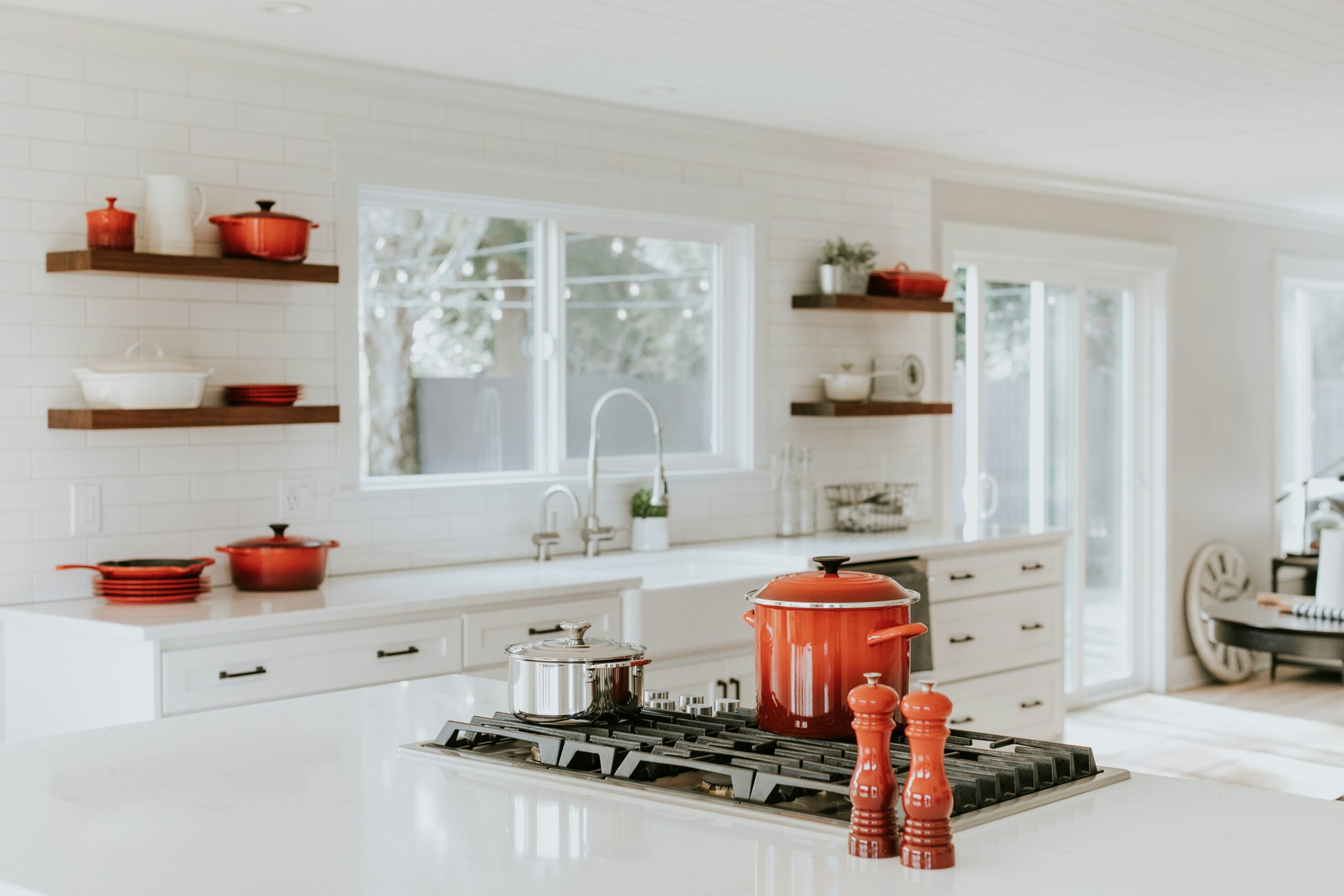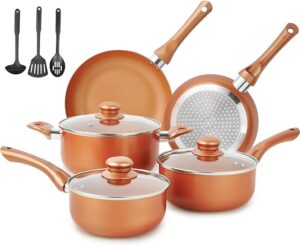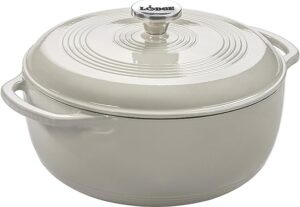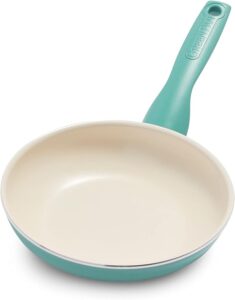The Science Behind Perfect Cooking (Part 2): The Role of Cookware Design in Cooking Performance

In the first part of our exploration, we covered the basics of heat conductivity and retention, focusing on popular materials like copper, cast iron, stainless steel, non-stick surfaces, ceramic, and aluminum. Now, let’s delve deeper into how the design and structure of cookware also play crucial roles in your cooking success.
Table of Contents
Design Matters
The design of your cookware can influence not just how it performs, but also how you use it. Let’s look at some key design elements that make a difference.
You Can Order Your Own Copper Cookware Set Now
1. Thickness and Weight: Stability and Heat Distribution
- Thicker Pans: Generally, thicker pans distribute heat more evenly and retain heat better. They’re less prone to hot spots and are ideal for browning meat or simmering sauces.
- Weight Considerations: While heavier cookware often indicates better quality and heat retention, it can be cumbersome. Choosing a weight you’re comfortable handling is important for safety and convenience.
2. Handles and Lids: Ergonomics and Efficiency
- Handles: Look for sturdy, heat-resistant handles that are securely attached. Ergonomically designed handles can make a big difference in comfort and control.
- Lids: A well-fitting lid is crucial for maintaining moisture and heat. Glass lids allow you to monitor cooking without lifting the lid, preserving heat.
3. Shape and Size: Versatility and Capacity
- Shape: Different shapes serve different purposes. For example, woks are perfect for stir-frying due to their high sides and rounded bottom, while sauté pans with straight sides are great for searing and deglazing.
- Size: Choosing the right size cookware can affect cooking efficiency. A pan that’s too large can cause sauces to reduce too quickly, while a too-small pan can overcrowd ingredients, leading to uneven cooking.
Specialized Cookware: Tools for Specific Tasks
Specialized cookware is designed for particular types of cooking. Understanding these tools can help you expand your culinary repertoire.
1. Dutch Ovens
- Construction: Typically made from cast iron, often enameled, Dutch ovens are heavy-duty pots with thick walls and tight-fitting lids.
- Best Uses: Ideal for braising, stewing, and baking bread. Their ability to retain heat and distribute it evenly makes them perfect for slow-cooking methods.
- Historical Tidbit: Dutch ovens date back to the 18th century and were used by American pioneers for their versatility in cooking over open fires.
buy the Lodge Enameled Cast Iron Dutch Oven
2. Grill Pans
- Construction: Usually made from cast iron or heavy-gauge stainless steel with ridges on the cooking surface.
- Best Uses: Great for grilling meats and vegetables indoors, providing those coveted grill marks and allowing fat to drain away.
- Historical Tidbit: The concept of grill pans was inspired by outdoor grills, bringing the grilling experience indoors without the need for an open flame.
3. Pressure Cookers
- Construction: Made from stainless steel or aluminum, pressure cookers have a sealed lid that locks in steam, increasing pressure and cooking temperature.
- Best Uses: Perfect for cooking tough cuts of meat, beans, and grains quickly. Modern electric pressure cookers, like Instant Pots, offer additional functionalities such as slow cooking and sautéing.
- Historical Tidbitp: The pressure cooker was invented in the 17th century by Denis Papin, but it gained widespread popularity in the mid-20th century as a time-saving kitchen appliance.
Modern Innovations: The Future of Cookware
Technology continues to revolutionize cookware, making it more efficient and user-friendly.
1. Smart Cookware
- Features: Equipped with sensors and Bluetooth connectivity, smart cookware can monitor cooking temperatures and times, sending alerts to your smartphone.
- Best Uses: Ideal for precision cooking, such as sous-vide, and for busy cooks who need reminders and guidance.
As technology advances, we can expect more integration with smart home systems, making cooking even more intuitive and foolproof.
2. Eco-Friendly Cookware
- Materials: Cookware made from recycled materials, non-toxic coatings, and sustainable production processes are becoming more common.
- Best Uses: Everyday cooking with a reduced environmental impact.
Get Yourself an Eco-Friendly GreenPan Frying Pan Today
As consumer demand for eco-friendly products grows, manufacturers are likely to continue innovating in this space, offering greener alternatives without compromising performance.
Mastering The Cooking Skills
Understanding the science and design behind your cookware can transform how you cook and the results you achieve. By choosing the right tools for your needs and knowing how to use them effectively, you can enhance your cooking skills and enjoy the process even more. So, whether you’re a seasoned chef or a home cook looking to up your game, let your cookware work for you and savor the journey of culinary discovery.
You Can Order Your Own Copper Cookware Set Now
Read More:
4 Best Anolon Hard Anodized Pans to Buy







